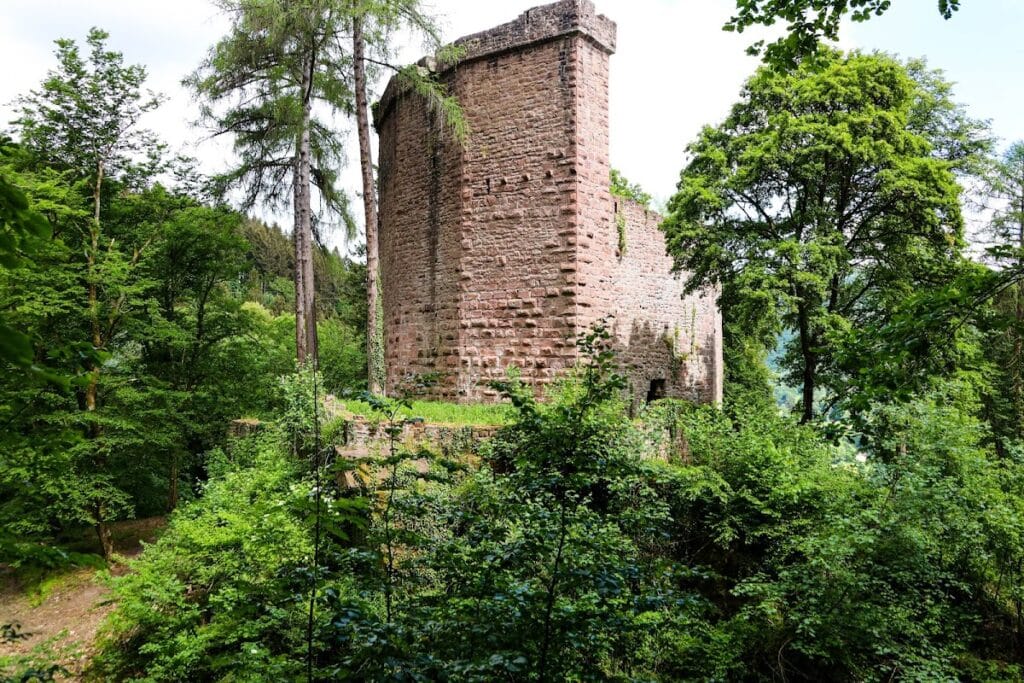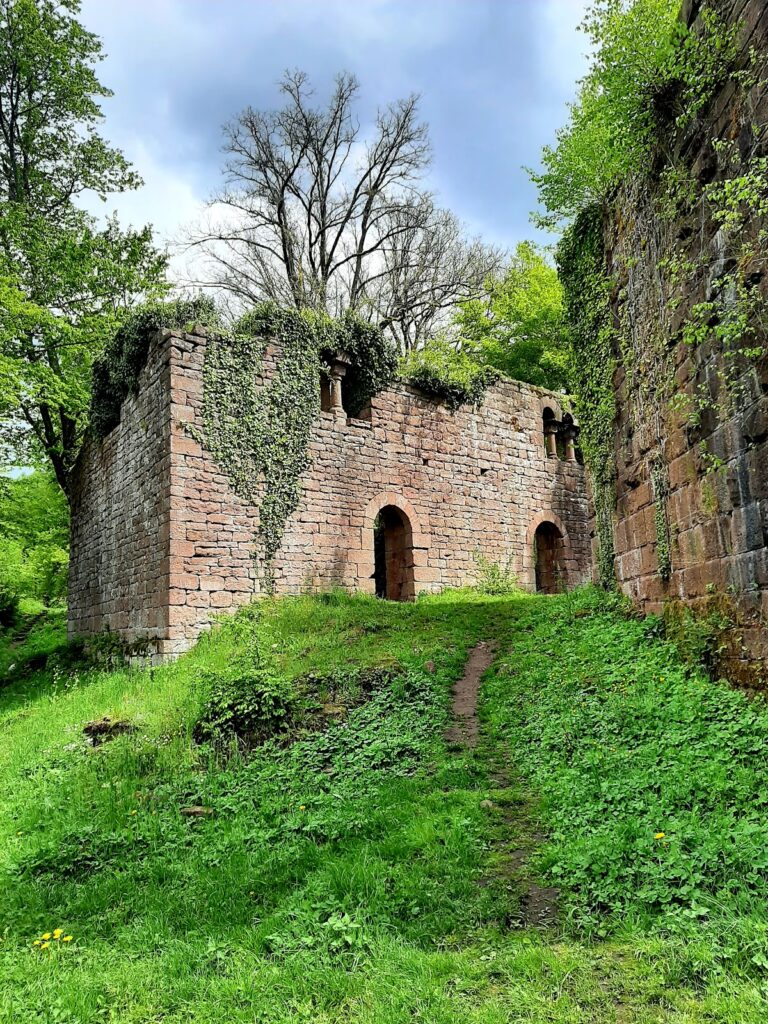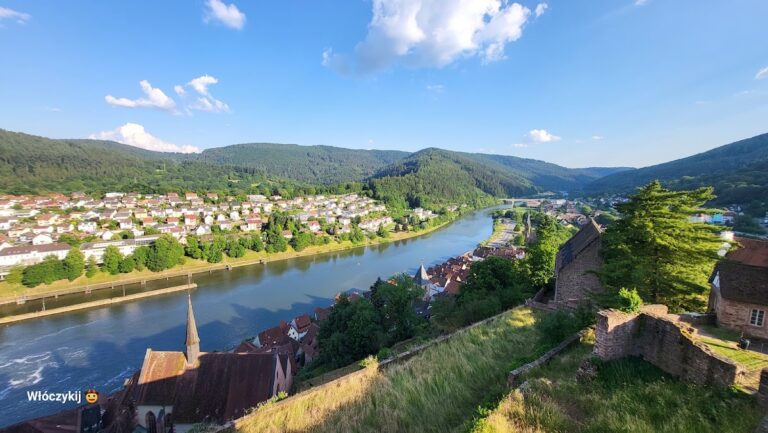Burg Stolzeneck: A Medieval Castle Ruin in Eberbach, Germany
Visitor Information
Google Rating: 4.1
Popularity: Low
Google Maps: View on Google Maps
Country: Germany
Civilization: Medieval European
Remains: Military
History
Burg Stolzeneck is a hilltop castle ruin located near the municipality of Neunkirchen in what is today 74867 Eberbach, Germany. It was likely built around the year 1200 as an imperial stronghold during the medieval period.
The first known mention of the castle’s name appears in 1268, linked to a widow named Stoltzinecke, from whom the site is believed to have taken its name. In 1284, the castle became a fief under the authority of the Electoral Palatinate, a major principality of the Holy Roman Empire. This fief was granted to servants of the counts of the Palatinate. A royal confirmation in 1291 by King Albert I affirmed these rights and hinted at further grants conditioned on his political standing.
Throughout its existence, Burg Stolzeneck controlled only modest holdings. These included the small nearby village of Krösselbach, minor plots in the area of Rockenau, and fishing privileges on the Neckar River. Ownership shifted among various noble families, with the castle returning to direct Electoral Palatinate rule between 1418 and 1458 before being assigned to different vassals again.
The structure likely suffered damage during the Palatinate-Bavarian succession conflict around the year 1504. A 1509 agreement permitting timber harvesting for rebuilding efforts points to reconstruction attempts after this turbulent period. Following the extinction of the Frauenberg family, who held the castle until 1610, Burg Stolzeneck reverted once more to the Palatinate. However, the castle was soon abandoned.
By 1611, reports described the fortress as dilapidated, prompting officials to renounce the fief and sell off related properties the following year. These funds were used to relocate the residents of the castle village Krösselbach to Zwingenberg. Plans to dismantle the castle and transport its stones to Mannheim were eventually abandoned due to the challenge of moving such heavy materials over mountainous terrain. Consequently, the ruin faded into obscurity until archaeological clearance and partial excavation took place in the 1960s.
Remains
The ruins of Burg Stolzeneck occupy a rocky spur approximately 215 meters above the Neckar River, with the castle layout taking advantage of the natural steep terrain sloping northeast toward the water. The site comprises three main parts: the core castle (known in German as the Kernburg), an outer bailey (Vorburg), and a zwinger—an enclosed outer ward designed for defense.
The core castle is positioned on the southwestern part of the site, protected by a prominent shield wall on the west side. This shield wall, or Schildmauer, stands about 21 meters tall and nearly 3 meters thick. Its foundation features well-crafted bossed ashlar stone blocks dated to the 13th century, while its impressive size suggests it was adapted or built up to meet later defensive needs. The wall includes a battlement walkway that offers expansive views over the Neckar valley and is accessible on foot.
In front of the shield wall lies a neck ditch (Halsgraben), a defensive trench that enhances the castle’s protection by creating a barrier against attackers. Surrounding the core castle is the zwinger, a narrow outer courtyard designed to trap or expose assailants, which, along with the outer bailey, dates from the 15th or 16th century.
The outer bailey extends northeast, following the slope, and housed various economic buildings, the remains of which can still be seen. A notable feature here is a cistern, used historically to collect and store rainwater for the castle’s occupants.
Originally, access to the fortress was through a gate on the east side, set between the outer bailey and zwinger. Today, entry is mainly possible via an artificial opening cut into the west side of the site.
Excavations carried out in 1964 revealed that the foundations of the four-story palas—the main residential building—are laid out at an angle to the surrounding enclosure walls. This suggests the current palas was constructed after 1350, likely replacing an earlier structure during renovations in the 16th century. These modifications included enlarging the inner courtyard, reflecting changes in the castle’s function and design over time. The palas itself contains architectural elements from several different periods, highlighting its phased development.
Overall, the ruins of Burg Stolzeneck present a complex combination of medieval fortification features adapted and expanded over centuries, now preserved in partial form after excavation efforts in the mid-20th century.







